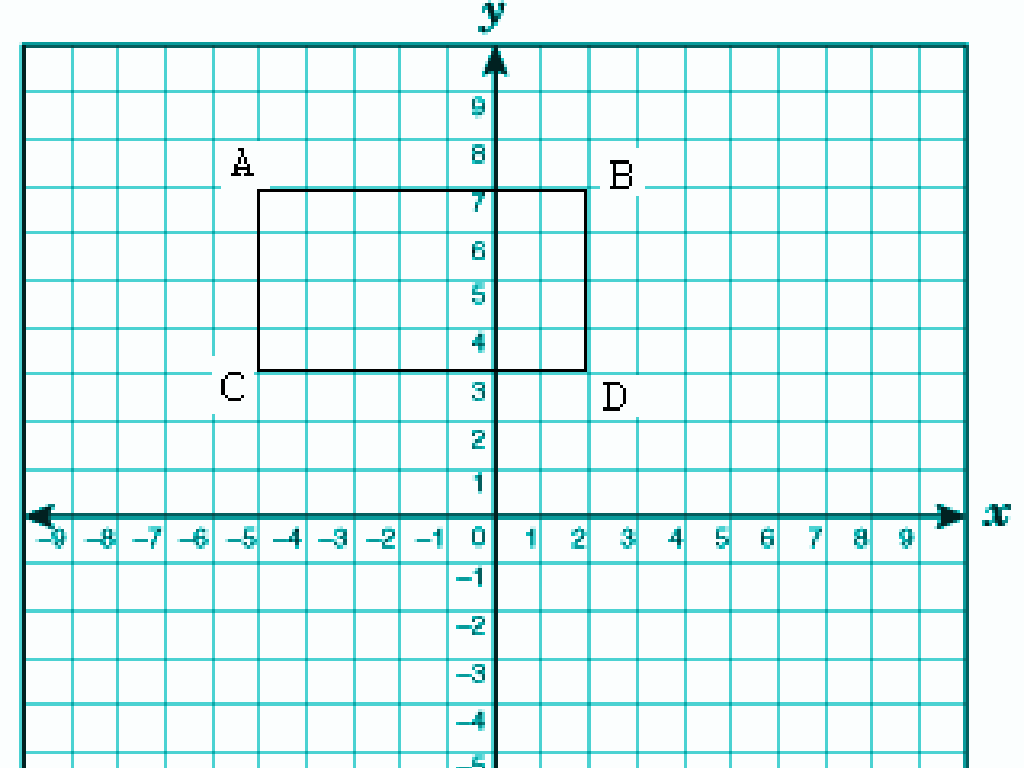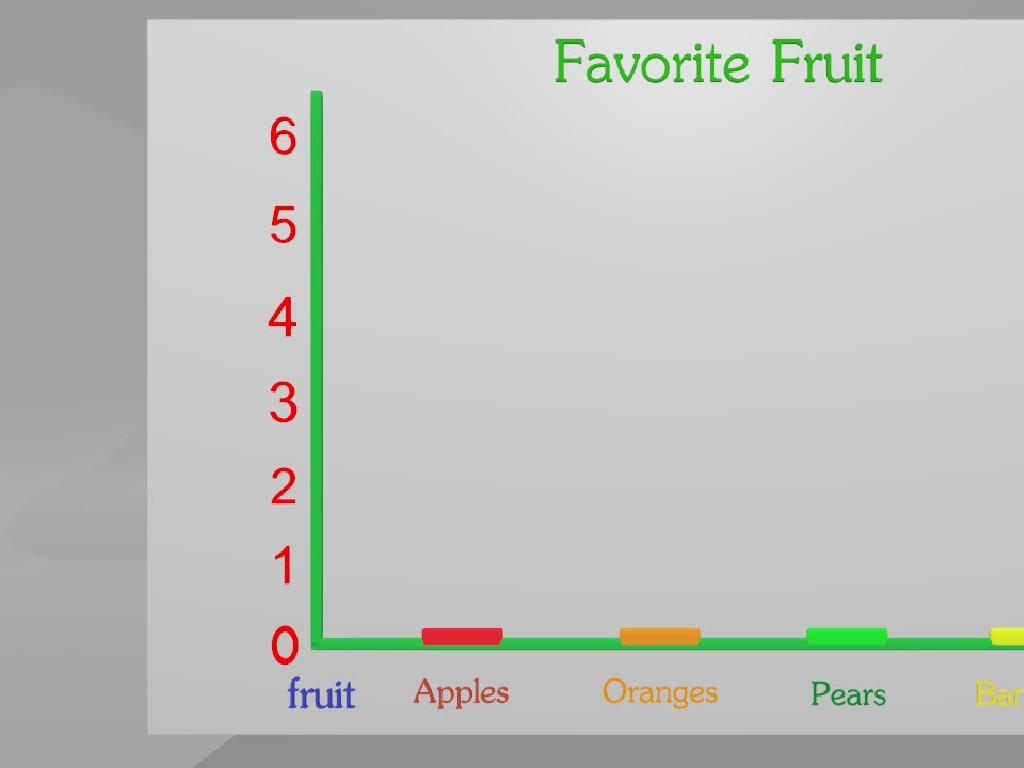Primary Documents
Subject: Arts and humanities
Grade: High school
Topic: Us Government And Civics
Please LOG IN to download the presentation. Access is available to registered users only.
View More Content
Introduction to Primary Documents
– Define Primary Documents
– Original records from the past, such as speeches, letters, or official records
– Their role in US Government
– They provide firsthand accounts of historical events
– Importance in history
– Understanding the authentic sources that shaped history
– Examples of Primary Documents
– The Declaration of Independence, The Constitution, personal diaries of historical figures
|
This slide introduces the concept of primary documents and their significance in the study of US government and civics. A primary document is an original material, unaltered from the time it was created. These documents serve as direct evidence of historical events and are crucial for students to understand the foundation of the US government and the development of its civics. They offer a window into the thoughts and intentions of historical figures and the context of the times. Examples like The Declaration of Independence and The Constitution are pivotal in understanding the democratic principles that guide the United States. Encourage students to consider how these documents have influenced modern society and the importance of preserving such documents for future generations.
Exploring Types of Primary Documents
– Constitution & Bill of Rights
– Foundational legal texts of the U.S.
– Personal documents: Letters, Diaries
– Intimate accounts of historical events
– Government vs. Personal documents
– Gov documents are official records, personal are individual experiences
– Identifying primary documents
|
This slide aims to introduce students to the various types of primary documents and their significance in understanding history and government. The Constitution and the Bill of Rights are key legal documents that outline the foundation of the U.S. government. Personal documents like letters and diaries provide a more intimate, firsthand account of historical events and daily life. It’s crucial to differentiate between governmental documents, which are official records, and personal documents, which reflect individual experiences. To identify a primary document, students should look for original materials from the time period being studied that have not been altered or interpreted by others. Encourage students to consider the source, date, and context of the documents to verify their authenticity.
Analyzing Primary Documents
– Steps for document analysis
– Identify the source, review content, and summarize the main idea.
– Grasp the document’s context
– Consider the historical time, location, and author’s background.
– Detect bias and perspective
– Recognize the author’s viewpoint and potential bias in presentation.
– Critical thinking in analysis
|
This slide aims to equip students with the skills to critically analyze primary documents, an essential aspect of understanding history and civics. Start by outlining a step-by-step approach to document analysis, including sourcing and summarizing. Emphasize the importance of context, as it can greatly influence the interpretation of a document. Teach students to identify the author’s bias and perspective, which can shape the content and intention of the document. Encourage students to apply these skills by analyzing various primary documents, fostering critical thinking and a deeper comprehension of historical events and civic principles.
Case Study: The Declaration of Independence
– Background of the Declaration
– Drafted in 1776, it announced the colonies’ separation from Britain.
– Analyzing language and purpose
– Explore the use of persuasive language aimed at justifying independence.
– Declaration’s impact on government
– It laid the foundation for US democracy and legal structures.
– Civics implications and legacy
– The document continues to influence civic values and national identity.
|
This slide introduces students to the Declaration of Independence, a cornerstone document in American history. Begin with its background, explaining the historical context of 1776 and the colonies’ desire for independence from British rule. Discuss the eloquent and forceful language used by the drafters to persuade and justify their actions to the world. Highlight how the Declaration served as a blueprint for the US government, establishing principles that would shape the nation’s democracy and legal system. Finally, address its lasting impact on American civics, including its role in defining the country’s values and identity. Encourage students to consider how the Declaration’s principles are reflected in current governmental and civic practices.
Working with Primary Documents
– Handling and preserving documents
– Wear gloves, store properly to avoid damage
– Citing primary documents
– Use correct citation format for authenticity
– Ethical use of primary sources
– Respect copyright, privacy, and context
– Best practices overview
|
This slide aims to educate students on the importance of proper handling and ethical use of primary documents in research. Emphasize the need for careful physical handling to preserve the integrity of these historical artifacts. Discuss the importance of proper citation, not only for academic honesty but also to allow others to locate the source. Highlight ethical considerations, such as respecting copyright laws and the privacy of individuals who may be represented in the documents. Encourage students to always consider the original context of the document to avoid misinterpretation. Provide examples of best practices, such as using archival gloves and proper storage methods, and demonstrate how to cite a primary document using MLA or APA format.
Primary Documents in the Digital Age
– Accessing documents online
– Explore online databases and libraries for primary documents.
– Role of digital archives
– Digital archives store and provide educational access to historical documents.
– Challenges in preservation
– Issues like file format obsolescence and data loss.
– Impact on education
– Digital documents enhance interactive learning and research.
|
This slide aims to discuss the significance and challenges of primary documents in the digital era. Students should learn how to access these documents through various online platforms, understanding the convenience and breadth of information available. The role of digital archives is crucial in preserving historical documents for educational purposes, but they face challenges such as digital decay and the need for constant technological updates. Highlight the importance of digital preservation in maintaining the integrity of historical records. Finally, discuss how digital access to primary documents has transformed education, allowing for a more engaging and comprehensive study of history and civics.
Class Activity: Analyzing Primary Documents
– Break into small groups
– Analyze the assigned primary document
– Examine the document’s content, author, and historical context
– Present findings to the class
– Discuss the document’s significance
– Reflect on its impact on US government and civics
|
This activity is designed to engage students with primary documents to deepen their understanding of US government and civics. Divide the class into small groups and assign each a different primary document, such as the Declaration of Independence, a Federalist Paper, or a landmark Supreme Court decision. Provide guiding questions to aid their analysis, focusing on the author’s intent, the historical context, and the document’s content. After the analysis, each group will present their findings to the class, fostering a discussion on the document’s significance and its contribution to the understanding of US government and civics. Encourage students to reflect on how these documents have shaped the political landscape and continue to influence contemporary society.





